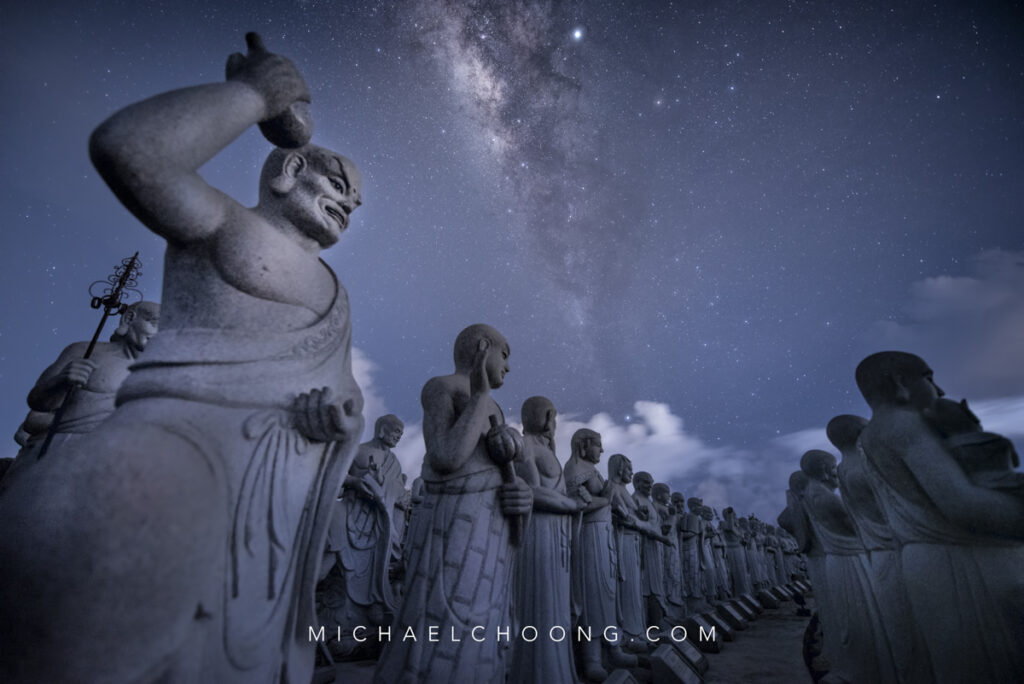- Contact Us
-
Newsletter

Sign up for Newsletter
Signup for our newsletter to get notified about sales and new products. Add any text here or remove it.
Error: Contact form not found.
- -


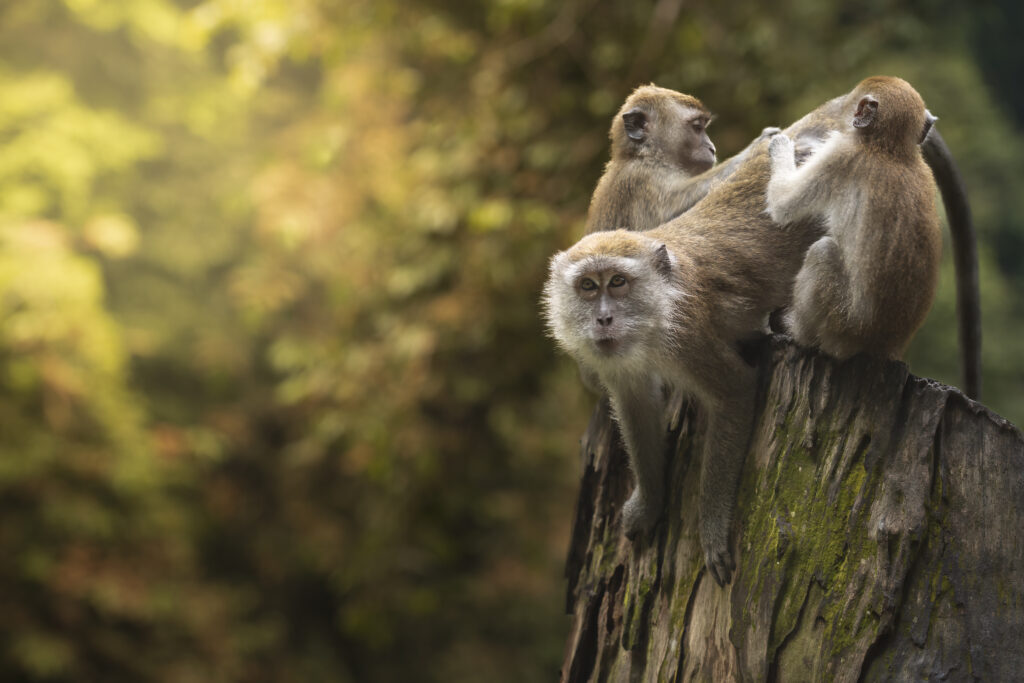
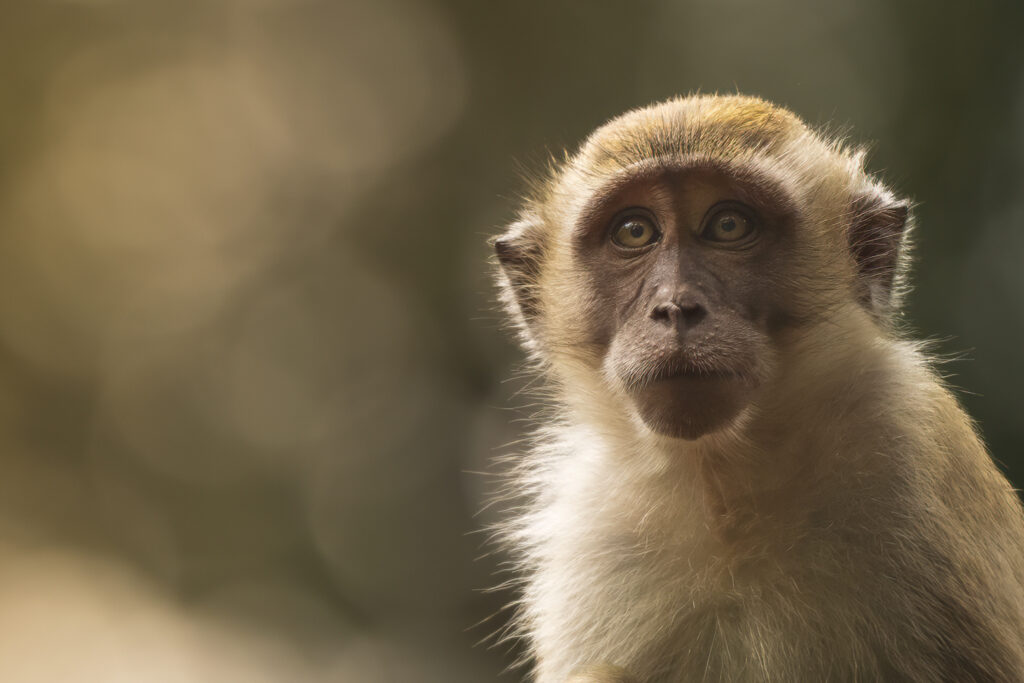
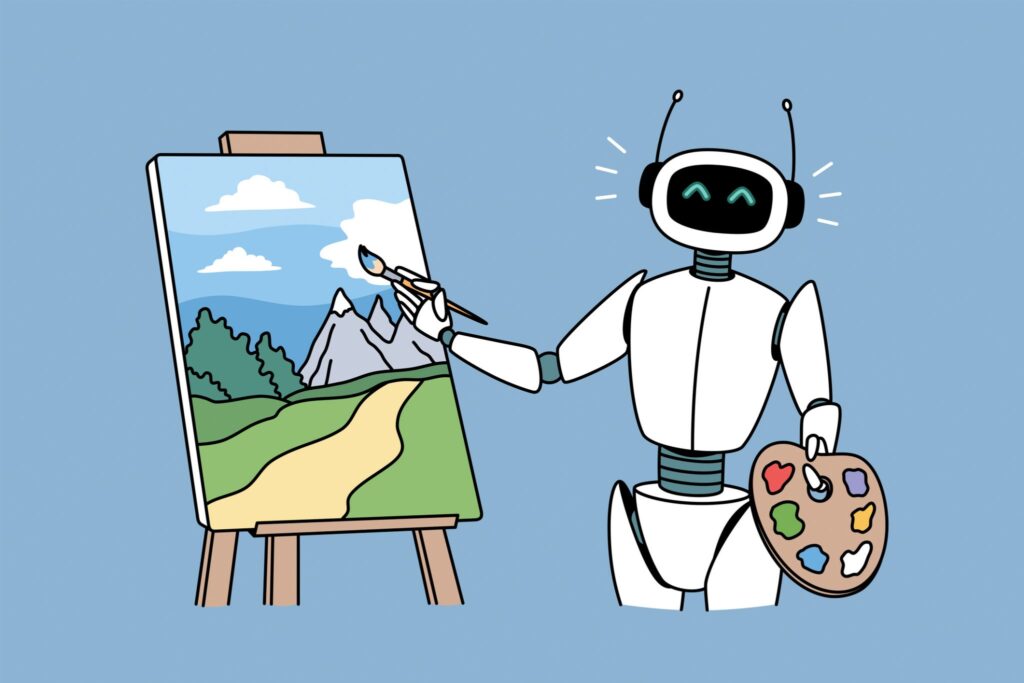
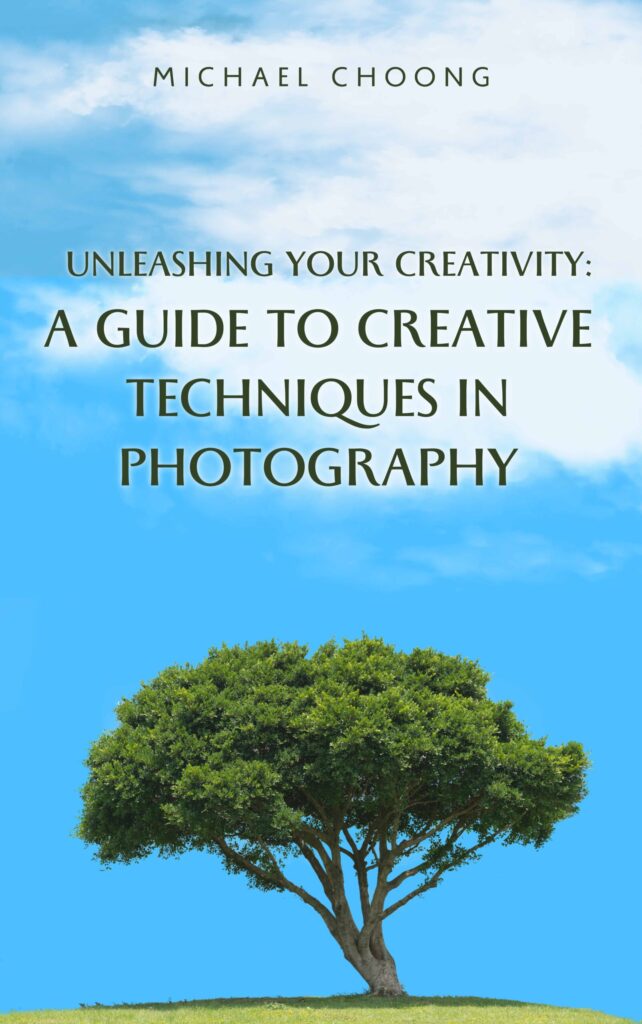
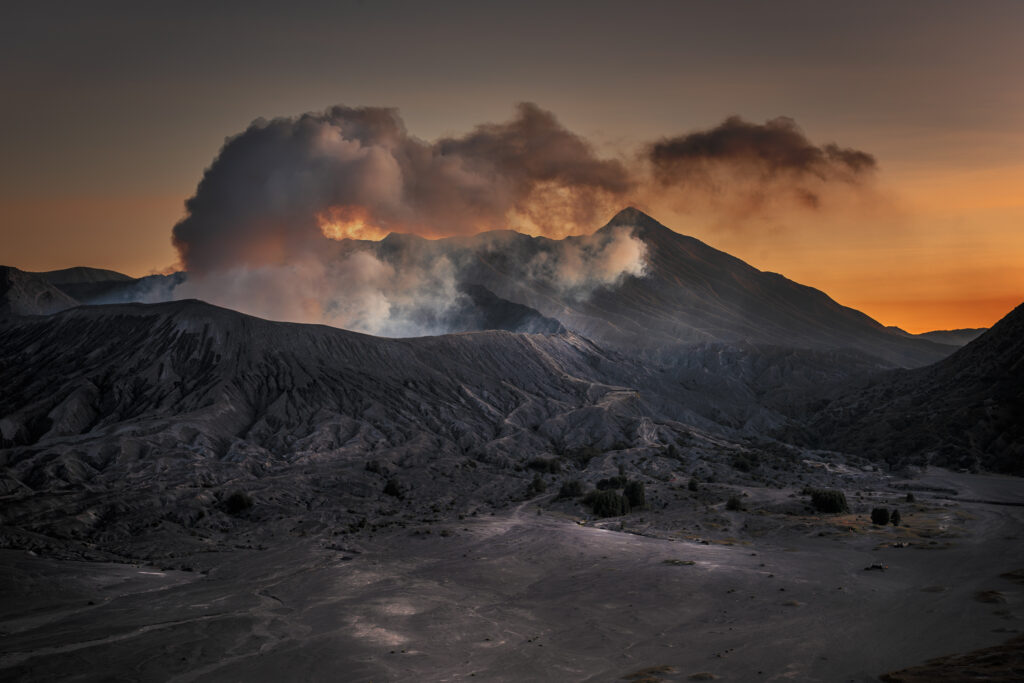
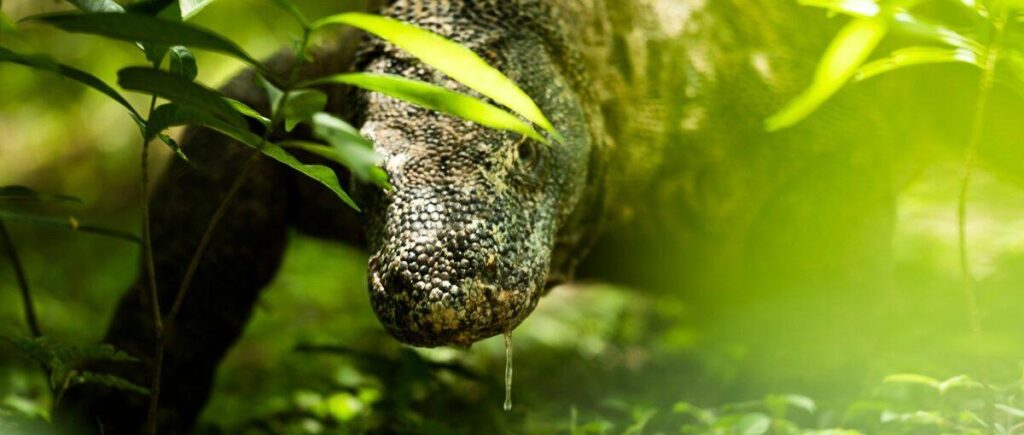
-1024x1024.png)

